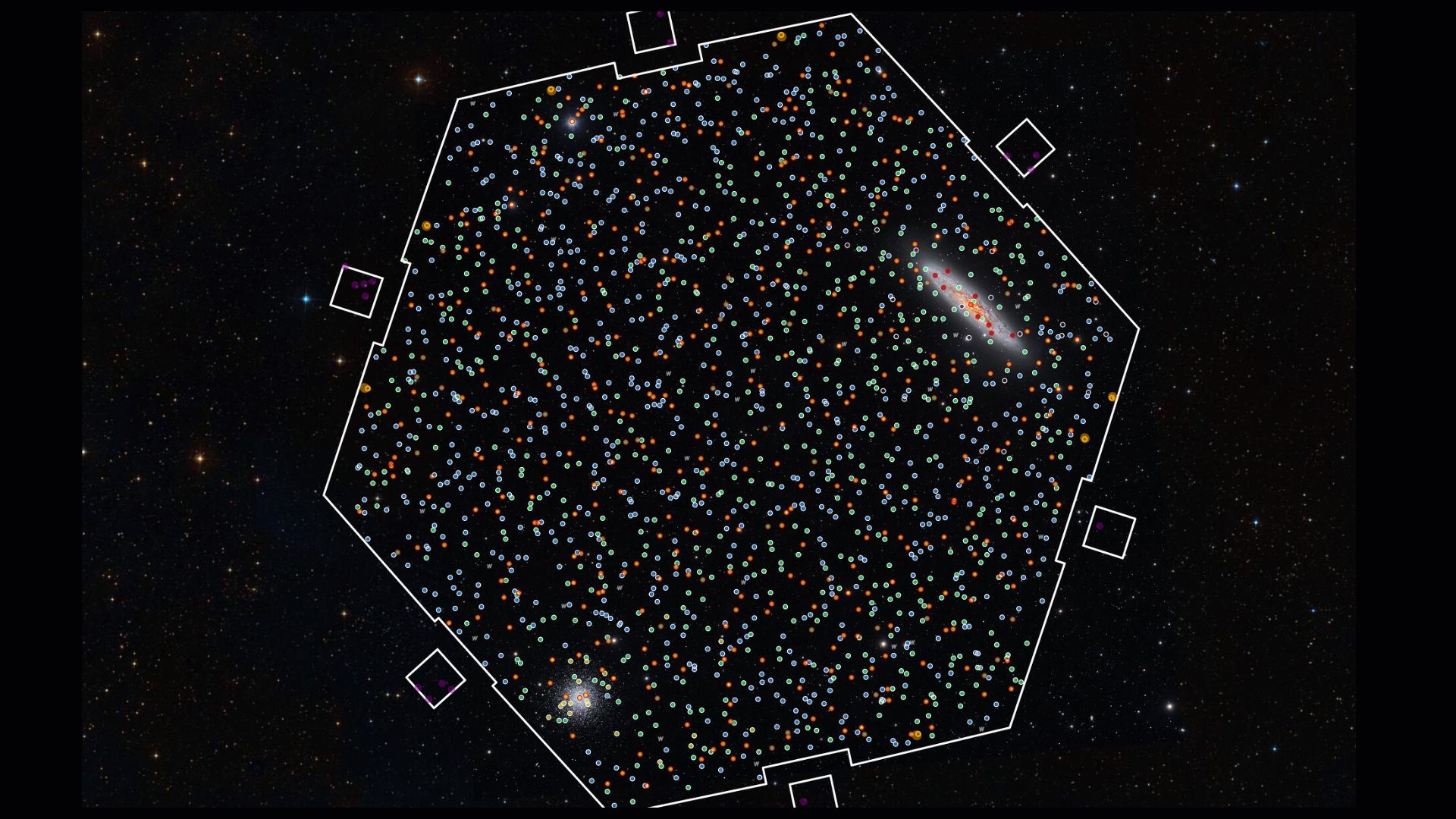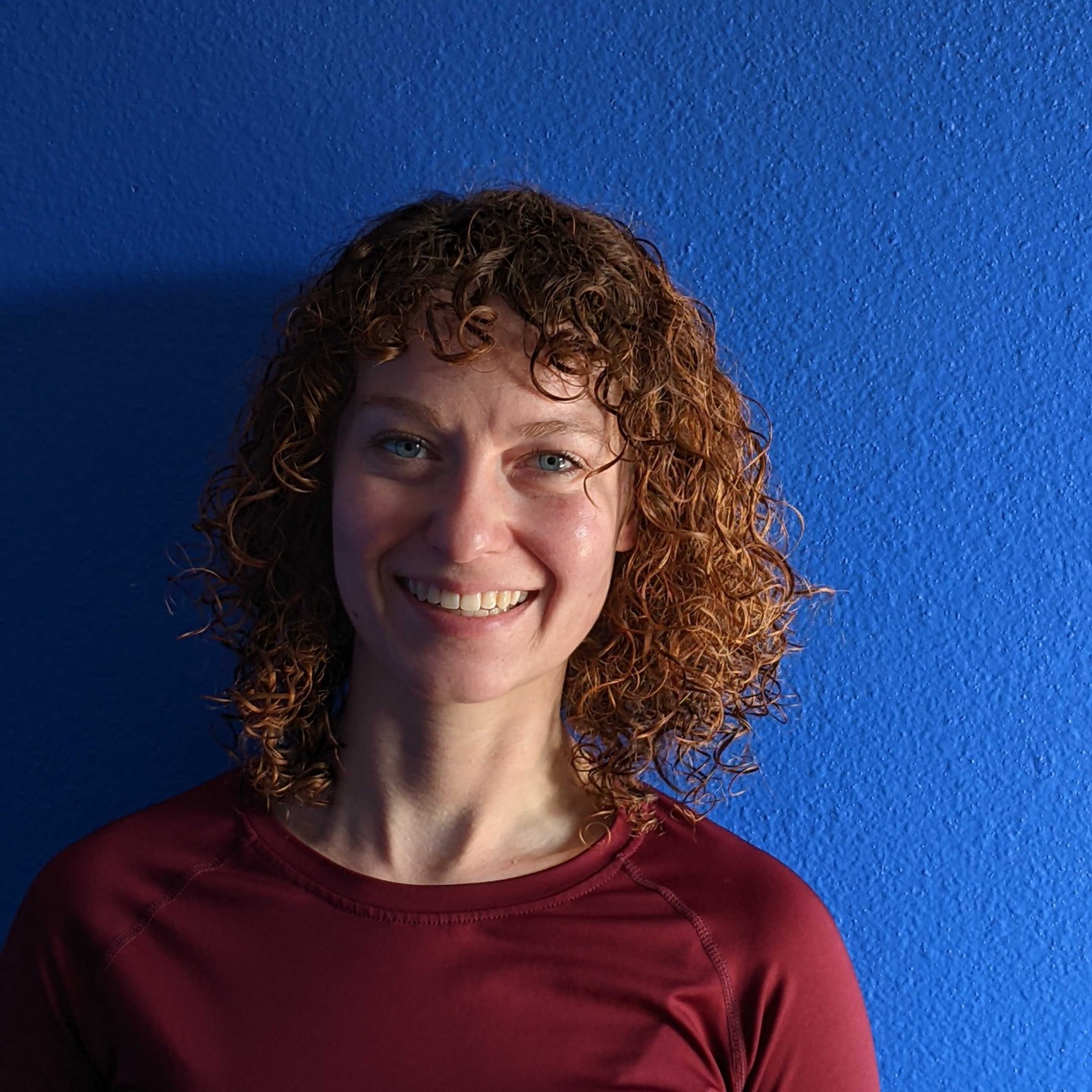1st cosmic view from 4MOST looks pure sci-fi | Space photo of the day for Oct. 28, 2025
From nearby galaxies to distant stars, this image marks the start of a new era in wide-field spectroscopic exploration.

On October 18, 2025, the European Southern Observatory's (ESO) 4MOST (4-meter Multi-Object Spectroscopic Telescope) instrument observed the sky with its full array of 2,400 optical fibers for the first time, successfully capturing and analyzing the light from a vast range of cosmic objects.
What is it?
Mounted on ESO's Visible and Infrared Survey Telescope for Astronomy (VISTA), 4MOST is designed to provide spectra for thousands of celestial sources at once, enabling astronomers to study the composition, temperature and motion of stars and galaxies across huge areas of the night sky.
Unlike traditional telescopes that observe one or a few objects at a time, 4MOST's engineering allows it to conduct massive, simultaneous surveys, seeing more things at one time. The instrument's wide hexagonal field of view covers a large portion of the sky in each observation, making it ideal for studying cosmic evolution and dark energy.
Where is it?
4MOST and the VISTA telescope are located at the Paranal Observatory in Chile.
Why is it amazing?
During its first observations, 4MOST turned its hexagonal gaze toward a region in the southern sky that includes two popular celestial targets: the Sculptor Galaxy (NGC 253) and the global cluster NGC 288. Each of the colored dots in the image represents a distinct object whose light was captured and analyzed by one of 4MOST's 2,400 fibers.
From each target, the instrument collected a spectrum, a detailed fingerprint of light that reveals key physical properties such as chemical composition, temperature, radial velocity and more.
Over the next decade, 4MOST will deliver millions of spectra, helping scientists tackle some of astronomy's biggest questions.
Breaking space news, the latest updates on rocket launches, skywatching events and more!
Want to learn more?
You can read more about the European Southern Observatory's recent research, as well as other telescopes in Chile.
Kenna Hughes-Castleberry is the Content Manager at Space.com. Formerly, she was the Science Communicator at JILA, a physics research institute. Kenna is also a freelance science journalist. Her beats include quantum technology, AI, animal intelligence, corvids, and cephalopods.
You must confirm your public display name before commenting
Please logout and then login again, you will then be prompted to enter your display name.

